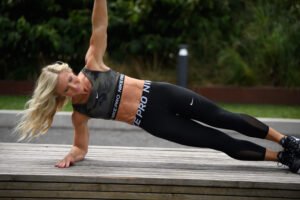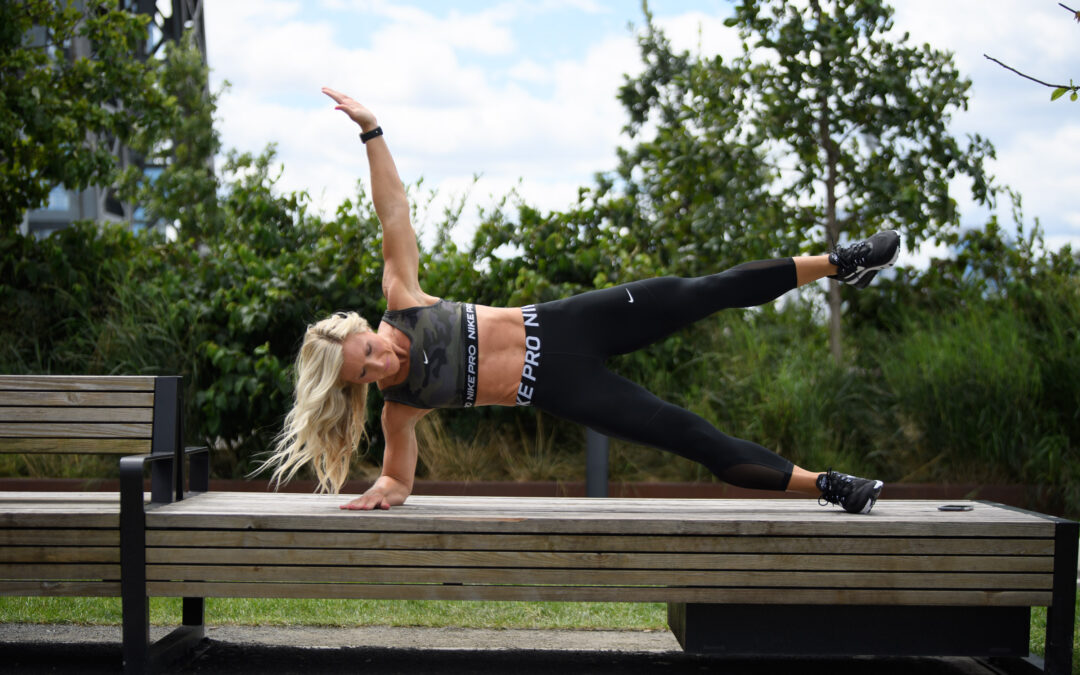Balance is essential for all functional movement. Incorporating more balance and stability training into our routine is a great way to ensure optimal neuromuscular efficiency and enhance our athletic performance and overall fitness goals. Including this training in our regimen promotes muscle memory and decreases likelihood of injury stemming from kinetic chain imbalances.
We all know that it is important to follow a balanced workout program, but as humans, we tend to choose to do what we enjoy doing and avoid what we do not enjoy doing. Balance and stability training tends to get overlooked and takes a backseat to most, especially those of us that are into higher intensity workouts and/or strength training. However, we need to realize that we could really benefit and improve our performance in those areas if we were to integrate balance and stability training into our program.
The first thing to know is that balance and stability are two totally different beasts. Balance is the ability to maintain your center of gravity over your base of support. Stability is the ability to control your body position from head to toe through movement/exercise. For example, split squats challenge your balance, whereas walking lunges challenge your stability.
Balance training should test our ability to stabilize outside of our typical range of support. To ensure the safety and effectiveness of balance training, it is important to go through a systematic progression, which means to start with training from the floor before adding in any other training modalities. Adding a training modality or instability component to our workouts, such as a BOSU ball or stability ball, requires our bodies to recruit primary and secondary muscles, which in turn builds muscle synergy, IF we are properly executing the exercise. Working on an unstable surface can help us discover our weaknesses and allow us to work on developing more symmetry so we can strengthen those weaknesses, rather than ending up with an overuse injury down the road.
The key is functional training – which comes down to balance, stability, mobility, and integrated full body training.
There is no doubt that balance and stability training can help our functionality and extend our life span – or career span, if you are Tom Brady, or any other athlete.
After last night, let me take just a second to recognize the G.O.A.T. Tom Brady. While we may not all be Tom Brady fans or believe that he is the best quarterback in the NFL, we all should respect his game and accomplishments, and his ability to still be top notch at the age of 43. Ten Super Bowls & Seven Rings Later… Brady’s “pliability” and “prehab” preventative routine that he discusses in his book, The TB12 Method, focuses on sustainability (including balance and stability training) which has been crucial to his longevity in the NFL.
Monday Move: Side Plank

- Start on your side with your feet together and one forearm directly below your shoulder.
- Contract your core and raise your hips until your body is in a straight line from head to feet.
- Hold the position without letting your hips drop for the allotted time for each set, then repeat on the other side.
- If you want more of a challenge, elevate an arm and a leg (as pictured above) – this introduces other muscles into the hold and makes your core work harder to maintain balance. Don’t let your hips sag! If you want to progress even further, come off of your fore arm and take it to a high side plank.
- Hold this side plank up to 30 seconds, then switch to your other side. Repeat 3 to 5 times.
- If you find it hard to hold a side plank, that’s OK. You can try performing the exercise from your knees instead of your feet while you’re building your strength. Keep your hips stacked and facing forward. Try to avoid rotating your body.


Ali…can’t wait to have you assist me with this side plank! Love you…Momma Bear.
Nice post. I learn something totally new and challenging on websites I stumbleupon every day. It will always be interesting to read content from other authors and use a little something from their web sites. Datha Eldredge Silva
I believe you might have noted some very interesting details , appreciate it for the post. Jillana Woodman Warde
You can definitely see your enthusiasm in the work you write. The world hopes for more passionate writers like you who are not afraid to say how they believe. Always go after your heart. Jamie Brenden Frangos
Great blog here! Also your website loads up very fast!
What web host are you using? Can I get your affiliate link to your host?
I wish my web site loaded up as fast as yours
lol